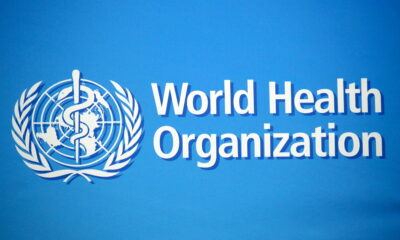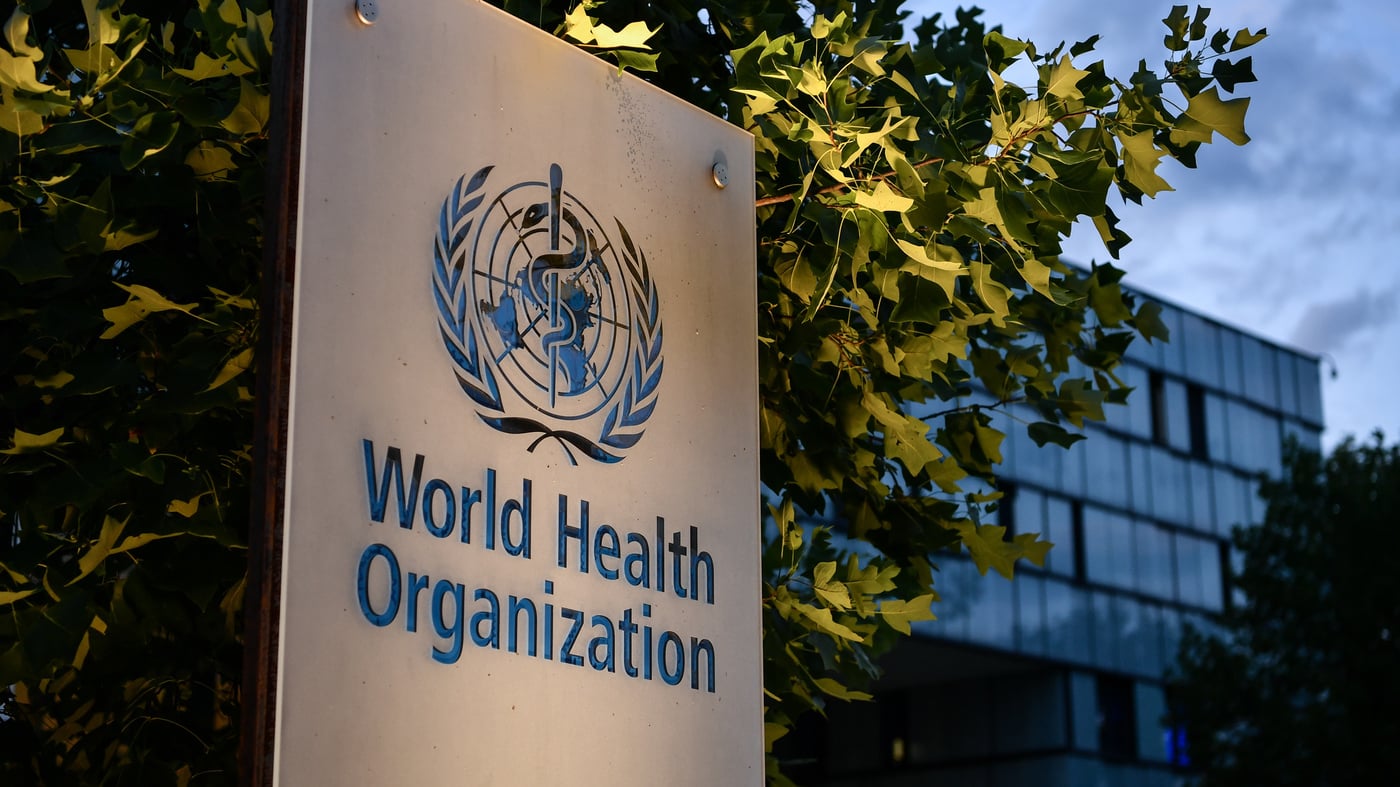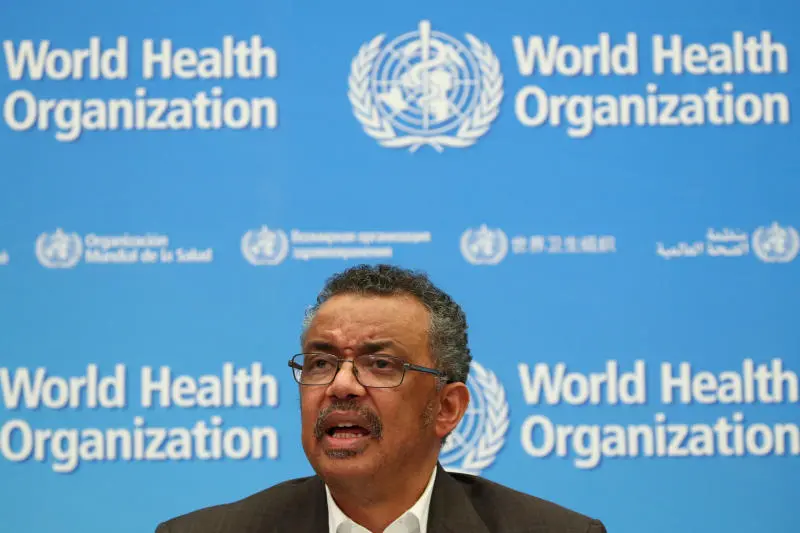Latest News
R21/Matrix-M: Second malaria vaccine approved by WHO – What you need to know

The World Health Organization (WHO) has endorsed a second malaria vaccine, R21, designed to safeguard children against this deadly disease that claimed the lives of 619,000 individuals in 2021.
-
Easier to Make and Cost-Effective: Researchers have hailed R21 as a more cost-effective and easier-to-produce alternative to the first approved malaria vaccine, RTS,S. This translates to a reduced cost per dose, making it more accessible.
-
Efficacy and Trial Results: R21 demonstrated a 75% efficacy in preventing malaria during a trial involving 4,800 children, each receiving three doses ahead of a seasonal malaria peak. A booster dose administered after 12 months maintained this protection.
-
Impact on Lives: The WHO predicts that adding R21 to existing preventive measures will save tens of thousands of children’s lives annually, significantly reducing the malaria mortality rate.
-
Affordable Access and Widespread Availability: Expected to be available by mid-2024, R21 is priced at a range of US$2–4 per dose, making it a more affordable option than RTS,S, which costs around $9.80 per dose. The Serum Institute of India is set to produce more than 100 million doses annually.
-
Structural Differences and Potency: R21, a modified form of RTS,S, contains a more potent malaria antigen, with each dose having five micrograms compared to 25 micrograms in a single dose of RTS,S.
-
Manufacturing and Supply Capability: Manufactured by the Serum Institute of India, R21 aims to meet the demand for malaria prevention by producing a significant number of doses each year.
-
Choice Between Vaccines: R21 and RTS,S will offer countries a choice, with R21’s ease of manufacturing and cost-effectiveness making it a viable option.
-
Ongoing Challenges: While these vaccines mark a significant step, challenges such as ensuring widespread distribution and administration, especially in high malaria transmission regions, remain to be addressed.
In conclusion, R21 offers a promising avenue to bolster malaria prevention efforts, providing a cost-effective, easier-to-produce vaccine that can potentially save numerous lives.























